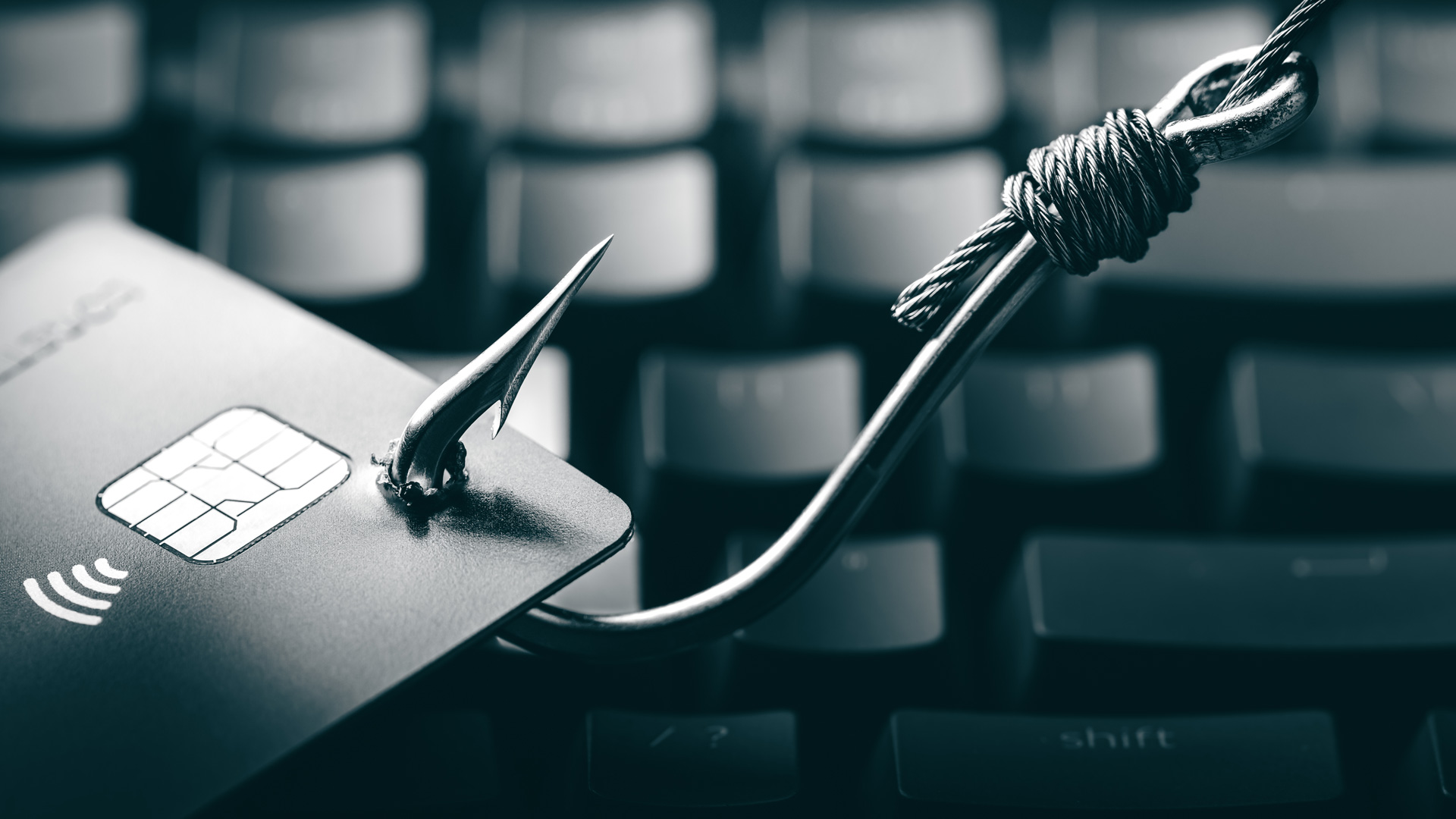Phishing remains one of the oldest tricks in the cybercriminal’s playbook — yet it’s more effective today than ever before. Despite the presence of advanced spam filters, AI-driven email security, and countless awareness campaigns, phishing attacks continue to evolve, becoming more convincing, targeted, and dangerous.
As we step further into 2025, it’s clear that phishing is no longer about poorly written emails claiming you’ve “won a lottery.” Today’s phishing attacks are intelligent, personalized, and often indistinguishable from legitimate communication.
The Evolution of Phishing
In the early days, phishing emails relied on mass messaging. Cybercriminals sent thousands of identical emails, hoping one or two recipients would fall for the bait. Modern phishing, however, has gone high-tech and highly targeted. Attackers now use artificial intelligence to craft convincing emails that mimic tone, grammar, and even internal company communication styles.
They also leverage social engineering intelligence — analyzing LinkedIn profiles, social media accounts, and company websites to personalize messages. Some go a step further by using deepfake audio or video to impersonate executives during meetings or calls. Others employ QR code phishing, also known as “quishing,” where scanning a QR code leads unsuspecting users to fake login pages or malware downloads. These evolving techniques make it increasingly difficult for even the most cautious users to distinguish fake from real.
Recent Phishing Trends in 2025
Phishing in 2025 has taken several new forms. AI-powered impersonation allows attackers to generate emails that perfectly mimic the writing patterns of CEOs, HR managers, and vendors. Phishing attacks have also expanded beyond email to collaboration platforms like Slack, Microsoft Teams, and WhatsApp Business.
Additionally, there has been a surge in “smishing” (SMS phishing) and “vishing” (voice phishing), as remote work and mobile dependence continue to grow. Another notable trend is supply chain phishing, where attackers target smaller vendors with weaker security to infiltrate larger organizations indirectly.
Why Traditional Defenses Are Failing
Even with modern firewalls and secure gateways, phishing remains effective because it targets human behavior rather than technology. Employees tend to trust messages that appear to come from familiar contacts, and attackers exploit that trust with remarkable precision.
Phishing detection systems are also being bypassed through tactics like domain spoofing and lookalike URLs — for instance, using “micr0soft.com” instead of “microsoft.com.” Encrypted attachments often conceal malware from scanners, while AI-generated texts eliminate the usual grammatical errors that once gave scams away.
How Organizations Can Stay Ahead
To counter these evolving threats, organizations must adopt a blend of technology, training, and testing. Implementing a Zero Trust security model ensures that no user, message, or device is automatically trusted. AI-enhanced email filters that analyze behavior rather than just keywords can also help detect sophisticated phishing attempts.
Regular phishing simulations are vital for educating employees through realistic scenarios that reflect the latest tactics. Adopting real-time threat intelligence helps organizations detect domain impersonation and emerging phishing campaigns early. Lastly, encouraging a workplace culture where employees feel comfortable reporting suspicious messages can significantly strengthen an organization’s human firewall.
Looking Forward
Phishing will not disappear anytime soon. Instead, it will continue to evolve alongside technological innovation. As AI becomes increasingly embedded in communication platforms, detecting phishing may depend less on spotting visible errors and more on understanding context and verifying authenticity through multiple channels.
The key takeaway is simple: cybersecurity awareness is no longer optional — it’s a core business function. Organizations that combine advanced technology with human vigilance will be best equipped to face the phishing threats of tomorrow.

